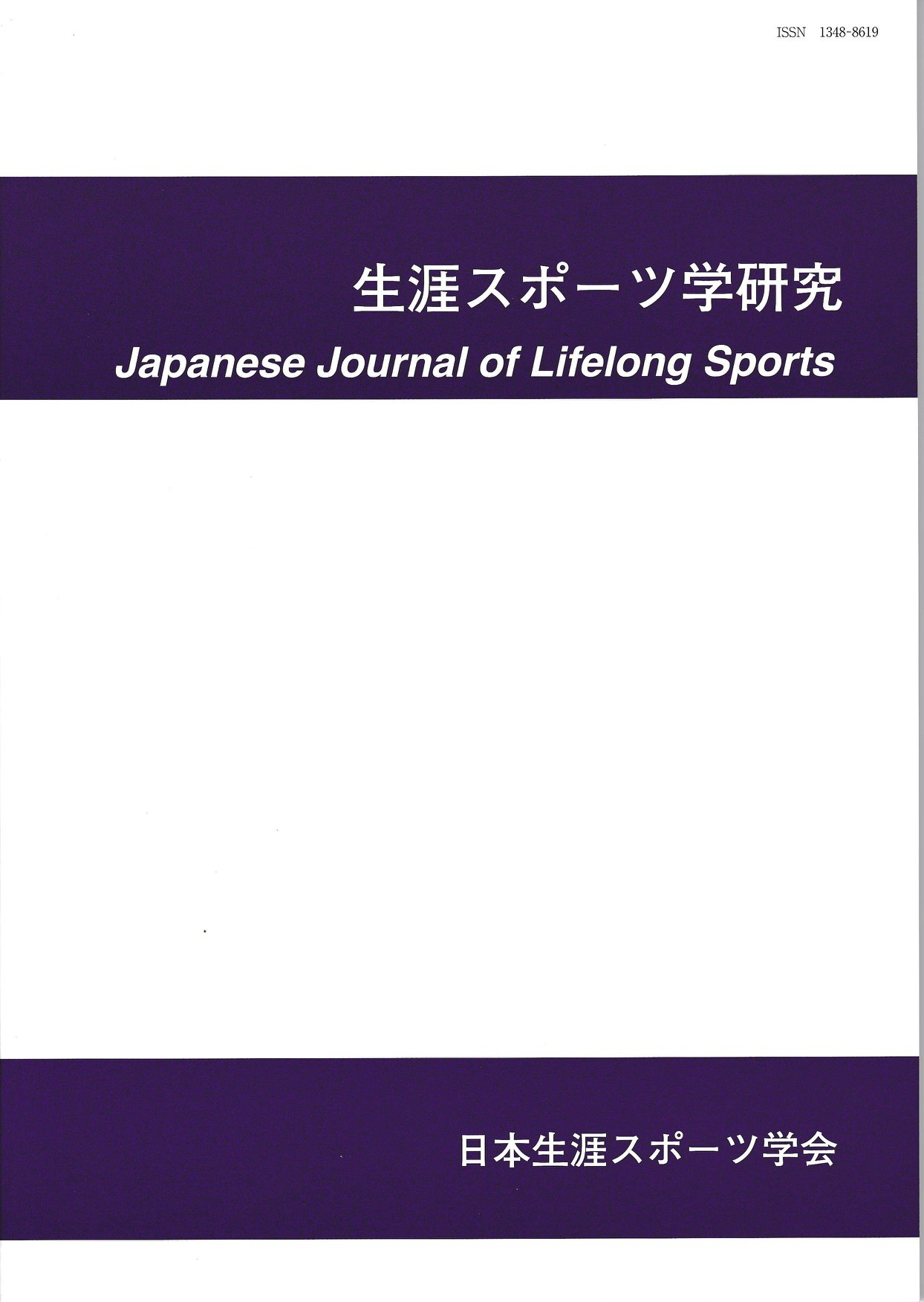The purpose of this study was to clarify the invitation process of the pre-games training
camp for Tokyo 2020 through the partnership agreement, focusing on relationship marketing
between Toyooka City and the German Rowing Federation. We conducted a semi-structured
interview with the key informant who was a city worker in charge of the pre-games training
camp and the partnership agreement in Toyooka City. The main interviewed items consisted of
background, decision-makers and stakeholders, content, project systems, and strategic processes.
Also, we used the four-stage process model regarding relationship marketing; 1) the formation of
relationship marketing, 2) management and governance of programs, 3) evaluations of program
performance outcomes, and, 4) relationship evolution and enhancement (Parvatiyar and Sheth,
2000). The main results could be summarized as follows. First, Toyooka city received a partnership
agreement proposal from the GRF, which stipulated that 1) Toyooka City would provide financial
support to the GRF and 2) the Toyooka City logo would be placed on uniforms, training apparel, and
rowing equipment of the German national rowing team. The pre-games training camp through the
partnership agreements was cheaper than conventional camps. Toyooka City had a clear objective
of increasing inbound, so the partnership agreement was easy to accept the understanding of their
citizens and parliament. Second, it was revealed that this new form of camps builds the relationships
besides sport. To be specific, it was confirmed the economic impact in the tourism industry. Lastly,
Toyooka City not only intends to sustain its relationship with Germany after 2020, but it will also
try to bid for international competitions such as the World Championships. These strategies will
maximize the value of the pre-games training camps.
View full abstract
